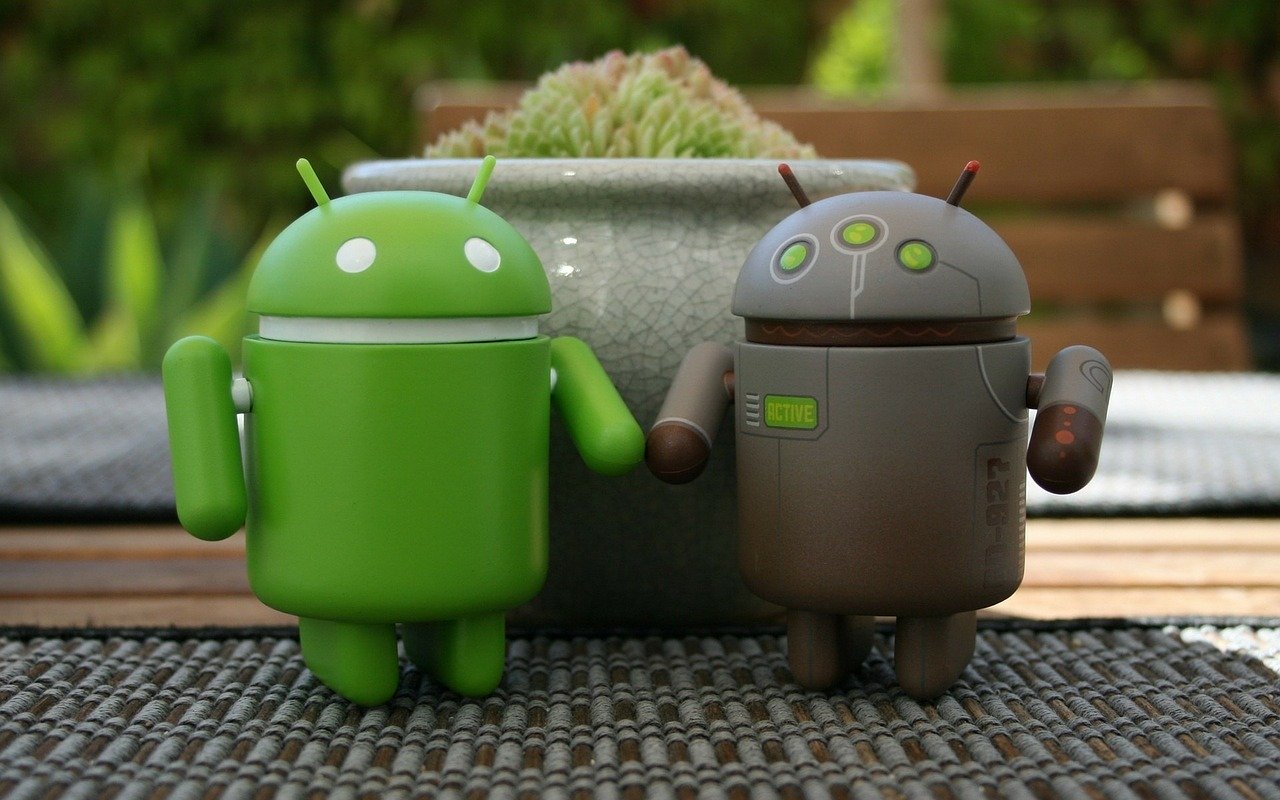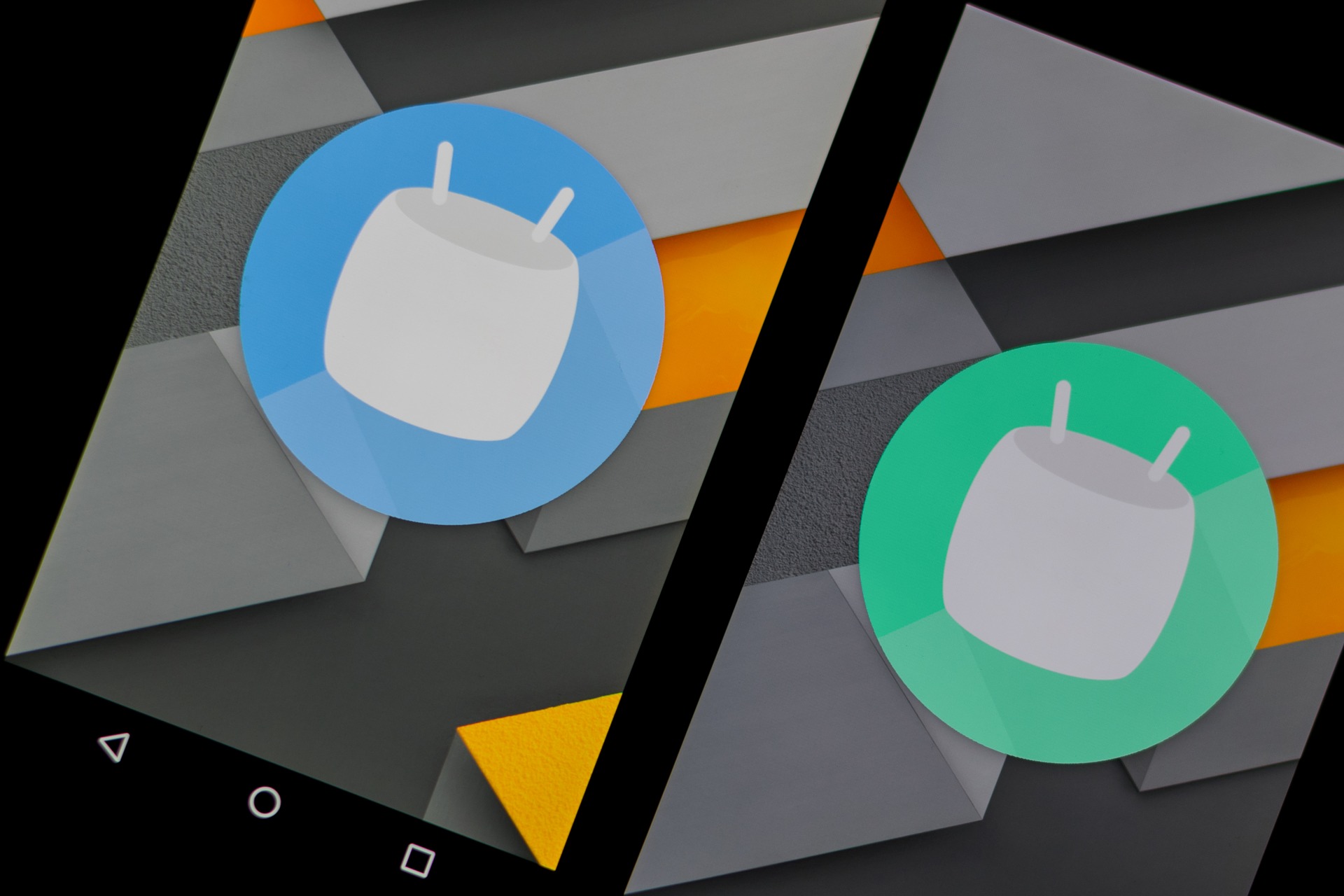LiveData
What is LiveData?
- Ensures the UI matches the data state
- One of the greatest things about using the reactive approach is that you don’t need to update the UI every time the data changes. Instead, the active observers are notified for data changes and they update the UI. This saves a lot of manual updates and time developing an application.
- Up to date data
- If an activity goes in the background and then comes back to the screen, its observers are notified if there are changes in the data. This way the observers update the UI of the activity with the newest data available.
- No memory leaks
- Observers are bound to specific lifecycle objects and clean up themselves after the lifecycle is destroyed.
- No crashes due to stopped activities
- If an activity is inactive, then the observers in the activity don’t receive LiveData events because LiveData respects the lifecycle of the app components.
LiveData works great in combination with the other Architecture Components. In the next chapters we will see examples of writing SQL queries which return LiveData objects and examples of using LiveData in ViewModel and Repository.
Letzte Beiträge
Share :
Share :
Weitere Beiträge

MVVM’s Model implementation in Android application. Room
As we said in the previous article Model is the data in our application. These are classes representing objects that we persist in our database or that we get from network calls to services.

ViewModel
ViewModel – it is a model of the view. The purpose of the ViewModel is to apply any business logic to the Model before exposing it to the View for consumption. This way the View is free of business logic.

View in the MVVM architecture
The View component in the MVVM architecture are the UI controllers – Activities and Fragments. They should be as free as possible from any business logic. Their role is to present the data, not to transform it.

